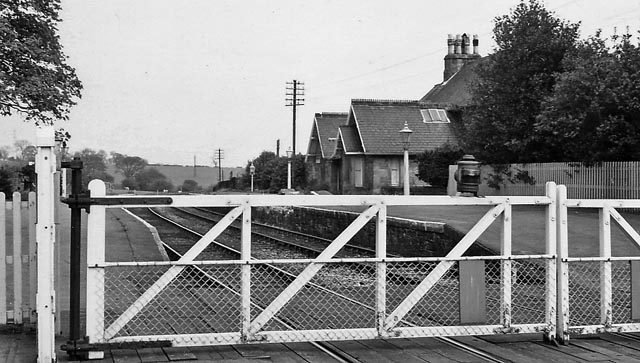Brancepeth, County Durham on:
[Wikipedia]
[Google]
[Amazon]
Brancepeth is a village and


civil parish
In England, a civil parish is a type of administrative parish used for local government. It is a territorial designation which is the lowest tier of local government. Civil parishes can trace their origin to the ancient system of parishes, w ...
in County Durham
County Durham, officially simply Durham, is a ceremonial county in North East England.UK General Acts 1997 c. 23Lieutenancies Act 1997 Schedule 1(3). From legislation.gov.uk, retrieved 6 April 2022. The county borders Northumberland and Tyne an ...
, in England. It is situated about from Durham Durham most commonly refers to:
*Durham, England, a cathedral city in north east England
**County Durham, a ceremonial county which includes Durham
*Durham, North Carolina, a city in North Carolina, United States
Durham may also refer to:
Places
...
on the A690 road
The A690 is a road in North East England, running from Sunderland, Tyne and Wear, Sunderland in the east through Durham, England, Durham to Crook, County Durham, Crook.
Route Sunderland section
Throughout the Sunderland section it is known as ...
between Durham and Weardale
Weardale is a dale, or valley, on the east side of the Pennines in County Durham, England. Large parts of Weardale fall within the North Pennines Area of Outstanding Natural Beauty (AONB) – the second-largest AONB in England and Wales. The u ...
. The population of the civil parish taken at the 2011 census was 414.
Name origin
The name likely derives from "Bran's Path", after St Brandon, the parish church's patron saint. According to another story, the village's name is said to derive from " Brawn's Path". There is a legend that Brancepeth was once terrorised by an enormous brawn (boar), which was eventually killed by a knight named Sir Roger de Ferie in 1208. A commemorative stone marks the traditional location of the brawn's death.History

Brancepeth Castle
Brancepeth Castle is a castle in the village of Brancepeth in County Durham, England, some 5 miles south-west of the city of Durham (). It is a Grade I listed building.
History
A succession of buildings has been on the site. The first was a ...
was until 1570 the fortress of the Neville Earls of Westmorland
Westmorland (, formerly also spelt ''Westmoreland''R. Wilkinson The British Isles, Sheet The British IslesVision of Britain/ref>) is an area of North West England which was Historic counties of England, historically a county. People of the area ...
. The castle was extensively modified and rebuilt in the 19th century by Viscount Boyne
Viscount Boyne, in the province of Leinster, is a title in the Peerage of Ireland. It was created in 1717 for the Scottish military commander Gustavus Hamilton, 1st Viscount Boyne, Gustavus Hamilton, 1st Baron Hamilton of Stackallan. He had alr ...
(later Baron Brancepeth). It was later a military hospital.
St Brandon's Church was famed for its exceptional 17th-century woodwork, until it was destroyed in a major fire in 1998; the church has since been restored and reroofed.
In 1924, Harry Colt
Henry Shapland Colt (4 August 1869 – 21 November 1951) was a golf course architect born in Highgate, England, the sixth child and younger son of a barrister. He worked predominantly with Charles Alison, John Morrison, and Alister MacKenzie, ...
laid out a golf course on the deer park which formed part of the estate surrounding the castle. A club house was created from the old coach house and stables and remains in use by Brancepeth Castle Golf Club.

Notable residents
*Arthur Prowse
Lieutenant Colonel William Arthur Prowse (1907– 14 July 1981) was a British physicist and academic administrator. He was the founding Master of Van Mildert College, Durham.
Prowse matriculated at Hatfield College, Durham and graduated with a ...
(1907–1981)
* Frederick William Sanderson
Frederick William Sanderson (13 May 1857 – 15 June 1922) was headmaster of Oundle School from 1892 until his death. He was an education reformer, and both at Oundle, and previously at Dulwich College where he had started as assistant master, h ...
(1857–1922)
References
Further reading
*Margot Johnson. "Brancepeth" in ''Durham: Historic and University City and surrounding area''. Sixth Edition. Turnstone Ventures. 1992. . Pages 34 to 37.External links
Villages in County Durham Civil parishes in County Durham {{Durham-geo-stub